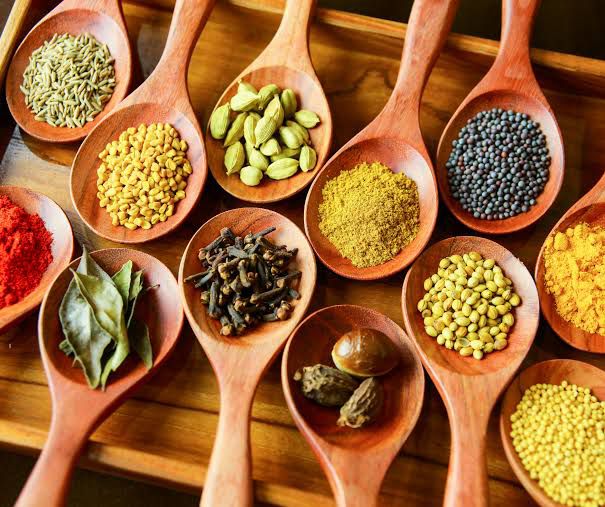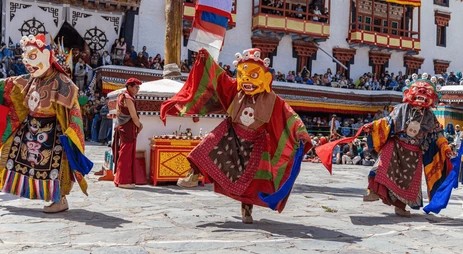 Image Source: Happy Bellyfish
Image Source: Happy Bellyfish
Key Highlights
Dry roasting spices—gradually warming them in a pan without oil—is an extremely old Indian technique used to intensify aroma and flavor by releasing natural oils. But it's not always a rule, and in certain situations leaving out this step might actually make your dish more flavorful and authentic.
• When Dry Roasting Works Wonders
Dry roasting is ideal for whole, strong spices like coriander, cumin, and red chilies, especially when making masalas that require a earthy, robust flavor. Roasted spices are easier to mill and possess layered, complex aromas, ideal for slow-cooked curries and spice blends like garam masala or bhaja moshla.
The process is especially necessary if you do not want to savor the raw, pungent taste of unroasted spices in rich recipes such as biryanis or rich curries. Roasting also removes excess moisture content so you can have a finer grind and more intense spice mixture.
• When to Exclude Dry Roasting
Not everything is enhanced by roasted spices. In dishes that require the addition of a fresh, pungent punch—chaat masala, raw mango chutney, raita, or salads—raw spices ensure the desired pungency and freshness.
Bitter spices such as fenugreek (methi) and mustard seeds become overpowering if dry roasted. They are optimal to temper in oil or used untempered in order to have some control over the flavors.
New pastes (like green masala or ginger-garlic paste) and overnight marination don't require roasted spices, since longer marination or cooking time extracts the flavors naturally.
For quickly cooked or raw foods, roasting will mute the brightness you want to maintain.
• The Takeaway
The choice to dry roast will be based on the spice, the dish, and the flavor profile desired. Indian cuisine is light, and understanding when not to roast is as important as understanding the method.
Sources: NDTV Food, Kohinoor Joy, Hungry Mountaineer, Reddit r/IndianFood
Advertisement
Advertisement






